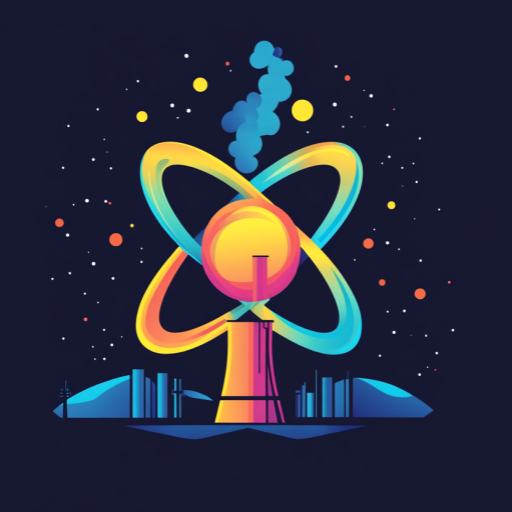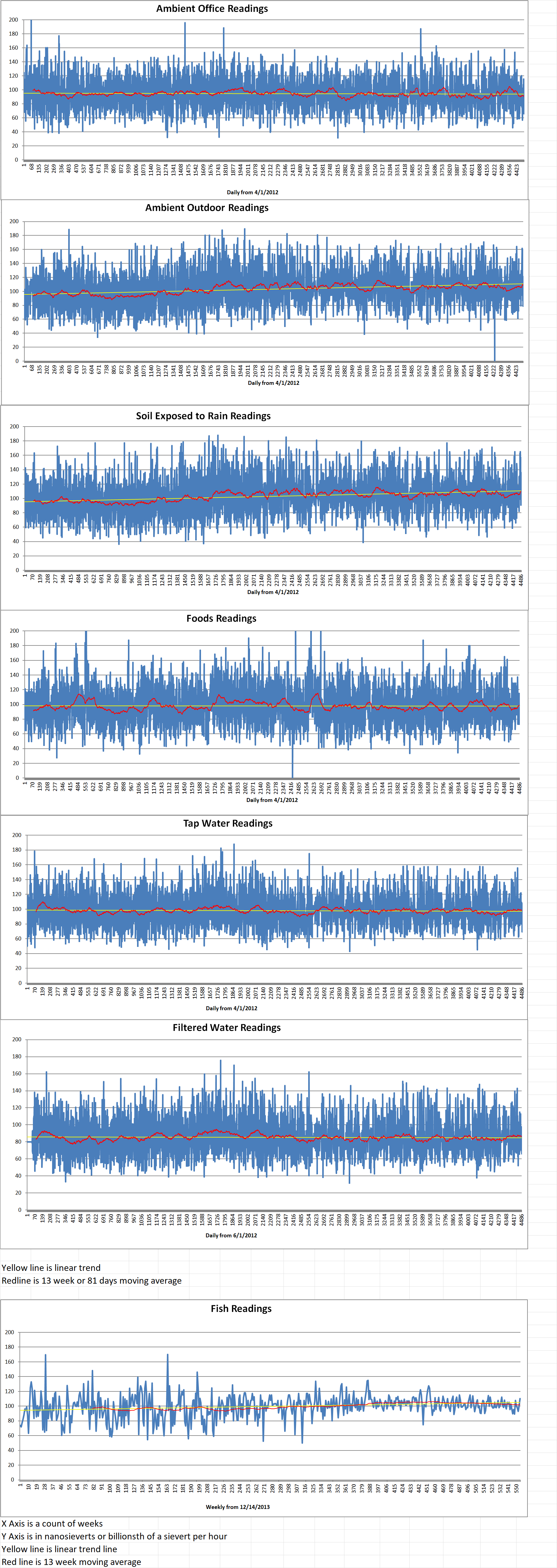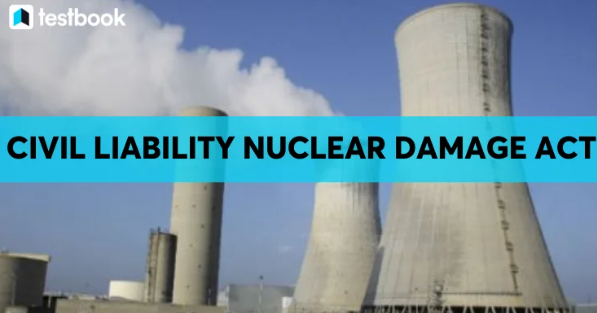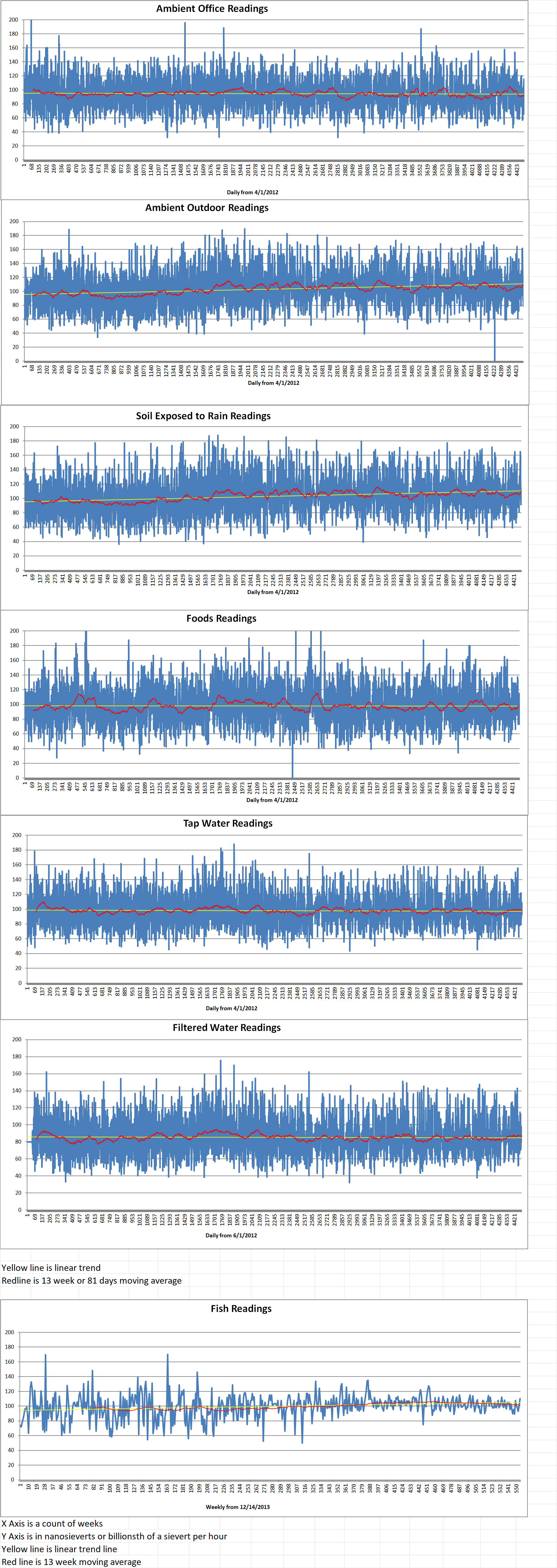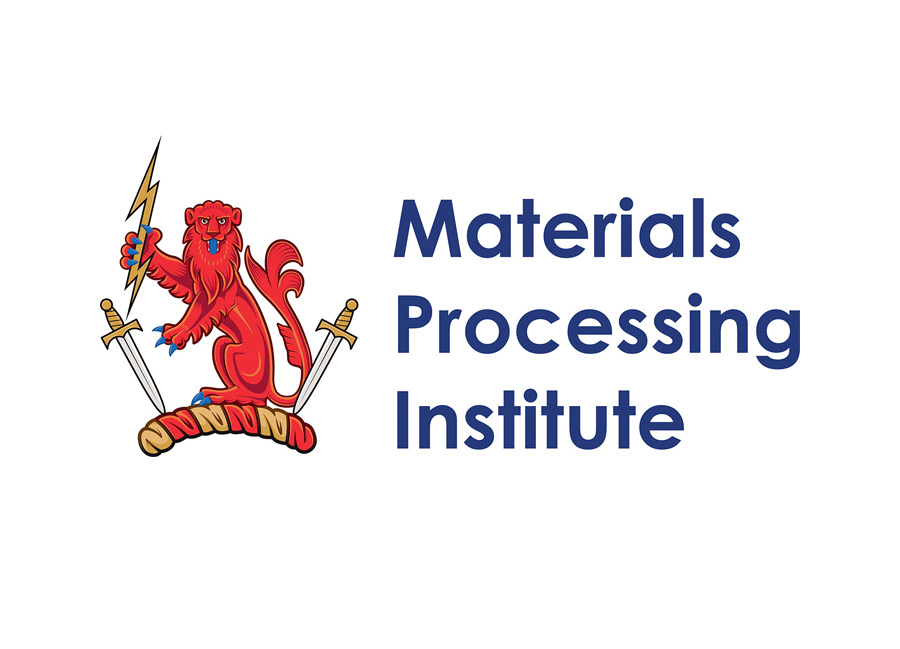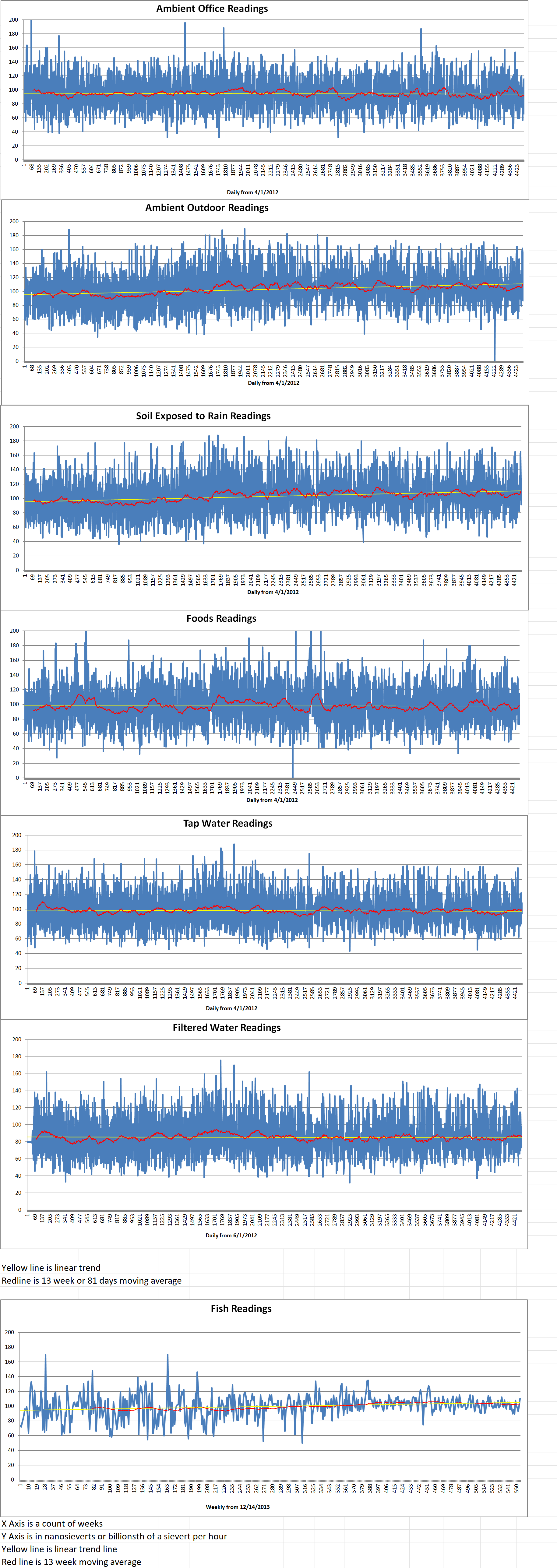French microreactor developer Naarea is going to collaborate with Phoenix Manufacture, a company which specializing in the industrialization of complex devices, to work towards the mass production of Naarea’s XAMR molten salt fast microreactor.
The aim of this collaboration is to structure the industrialization of the XAMR, integrating the key phases of the project including design, prototyping, first-of-a-kind (FOAK) manufacturing and mass production. In order to meet these challenges, Naarea and Phoenix Manufacture will employ technologies such as 3D printing and design a joint plant including specially designed spent nuclear fuel reprocessing facilities.
Phoenix Manufacture is based in Niort, western France. It specializes in industrial precision engineering and the design and manufacture of mechanical systems for the military, nuclear, petroleum, aerospace and robotics sectors.
The partnership between Naarea and Phoenix Manufacture intends to implement industrial solutions for the phases of development of the XAMR. They will focus especially on prototyping, FOAK production and mass production.
The collaboration is based on five phases extending to 2032. The first phase includes validation of raw materials and the manufacturability of parts designed by Naarea for additive manufacturing. The second phase consists of prototyping the components of the XAMR microreactor. The third phase is series production, including providing the necessary parts for the FOAK and mass production. The fourth phase involves scaling up production capacity, including studying the creation of a joint production facility for XAMR components, pooling of resources and mutual skill development. The fifth and final phase will be the evaluation of solutions for recycling and recovering waste material resulting from production and the recycling of used components.
Jean-Luc Alexandre is the founder of Naarea and CEO. He said, “We have chosen to rely on the expertise and skill of Phoenix Manufacture, a French company that will contribute to the design of an XAMR microreactor made in France. Incorporating additive manufacturing represents a major asset for us: it will allow us to produce parts with consistent quality controlled in situ at each step of the manufacturing process. Additive manufacturing also makes it possible to lower production costs, reduce assembly needs and meet the highest standards in terms of safety and security, which remains our absolute priority.”
Marco Calcamuggi is the co-founder of Phoenix Manufacture and CEO. He said, “We are proud of this strategic partnership with Naarea, since additive manufacturing is at the heart of our vision for French reindustrialization. We firmly believe that this disruptive technology is profoundly transforming all industries, in particular, the nuclear sector.”
Naarea was formally established in November 2021. It says that its ultra-compact molten salt fast neutron reactor will use “the untapped potential of used radioactive materials, and thorium, unused mining waste”. Once it finishes the eXtra Advanced Nuclear Reactor (XAMR) design, the company intends to explore applications in areas such as transportation, agriculture and smart buildings.
Naarea says that its reactor is compact in size and there is no need for it to be grid-connected. The XAMR can “be deployed as close as possible to regions, to match energy demand as closely as possible and allow the control of security of supply, at the service of industries and communities”. Each XAMR can generate forty megawatts. Naarea expects its first XAMR to be produced by 2030.
Earlier this month, Naarea announced a strategic partnership with advanced energy management platform QGEMS set to commence in 2025. The partnership is aimed at integrating QGEMS’ technology to optimize Naarea’s energy production and distribution. In addition, Naarea said that using QGEMS’ advanced energy management system could extend the applications of its reactor to data and AI centers, commercial properties, industrial facilities and remote territories.
Naarea
